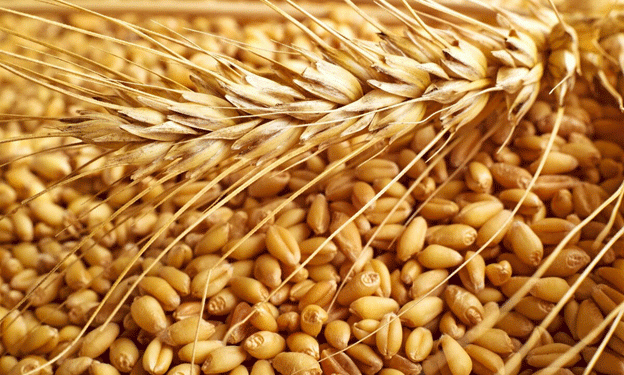Serbia’s wheat production is set to decline in 2024, with the national statistics office projecting a 16% decrease in output compared to 2023. This article explores the reasons behind the reduction, current yield trends, and the broader implications for Serbia’s agricultural sector.
Expected Decline in Wheat Output
According to the latest data from Serbia’s statistics office, the country anticipates harvesting 2.9 million tonnes of wheat in 2024, which marks a substantial 16% decrease from the 3.449 million tonnes harvested in 2023. This anticipated drop is largely attributed to a significant reduction in the area planted with wheat, which is expected to decrease from 682,246 hectares in 2023 to 549,032 hectares in 2024.
Current Yield Trends
Despite the reduction in harvested area, the yield per hectare is projected to increase slightly. The yield for 2024 is expected to reach 5.3 tonnes per hectare, up from 5.1 tonnes per hectare in 2023. This increase in yield can be linked to improvements in agricultural practices and possibly better weather conditions for wheat cultivation this year.
Factors Contributing to the Decline
Several factors have contributed to the anticipated decline in Serbia’s wheat output for 2024:
- Reduction in Planted Area: The reduction in the area under wheat cultivation from 682,246 hectares to 549,032 hectares reflects a strategic shift by farmers. This decrease may be due to several reasons, including lower profitability compared to other crops, changing market conditions, or adverse weather impacts on past wheat harvests.
- Economic and Environmental Challenges: Serbian farmers have faced various challenges, including economic pressures from rising input costs and environmental factors such as fluctuating rainfall patterns. These issues have likely influenced decisions on crop planting for the upcoming season.
- Shifts in Crop Prioritization: Data shows that Serbia has increased the area under maize by 4.1% to 961,268 hectares and sunflower by 3.4% to 248,607 hectares. This shift indicates a strategic focus on crops that might offer better returns or meet different market demands.
Comparison with Previous Years
The expected decrease in wheat production for 2024 contrasts sharply with the growth seen in 2023, where Serbia’s wheat output increased by 11% from the previous year. This past success was driven by favorable growing conditions and effective farming techniques.
In 2022, Serbia harvested 3.1 million tonnes of wheat, and the jump to 3.449 million tonnes in 2023 demonstrated a period of growth and resilience in Serbian wheat production. However, the forecast for 2024 indicates a return to more challenging conditions for the sector.
Implications for the Agricultural Sector
The decline in wheat production has several implications for Serbia’s agricultural sector and broader economic environment:
- Economic Impact: The reduction in wheat output may lead to higher wheat prices, which could impact both consumers and businesses that rely on wheat products. Farmers may also experience reduced revenue from wheat sales.
- Export Markets: Serbia is a notable exporter of wheat, and a reduction in production could affect its ability to meet export commitments. In the context of a global market where countries like Russia, Ukraine, and the United States are also key players, Serbia’s reduced output could affect its competitive position.
- Shift in Agricultural Focus: The increase in maize and sunflower cultivation reflects a strategic shift towards crops that might offer better economic returns or fulfill different agricultural objectives.
Serbia’s wheat production forecast for 2024 reveals a significant decrease in output due to a reduction in harvested area, despite a slight improvement in yield per hectare. This change reflects broader trends in the agricultural sector, including shifts in crop prioritization and the impact of economic and environmental factors. As Serbia navigates these challenges, it will be essential for farmers and agricultural professionals to adapt strategies to maintain productivity and market presence.
Error




